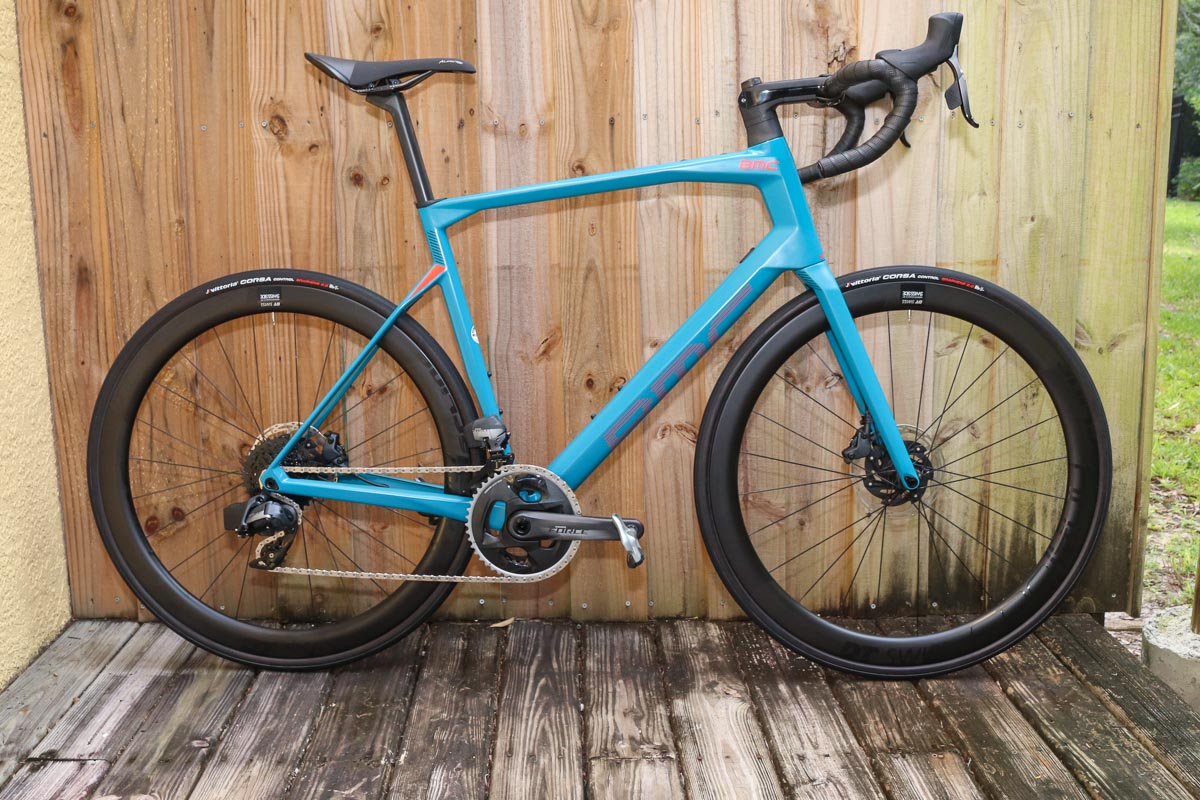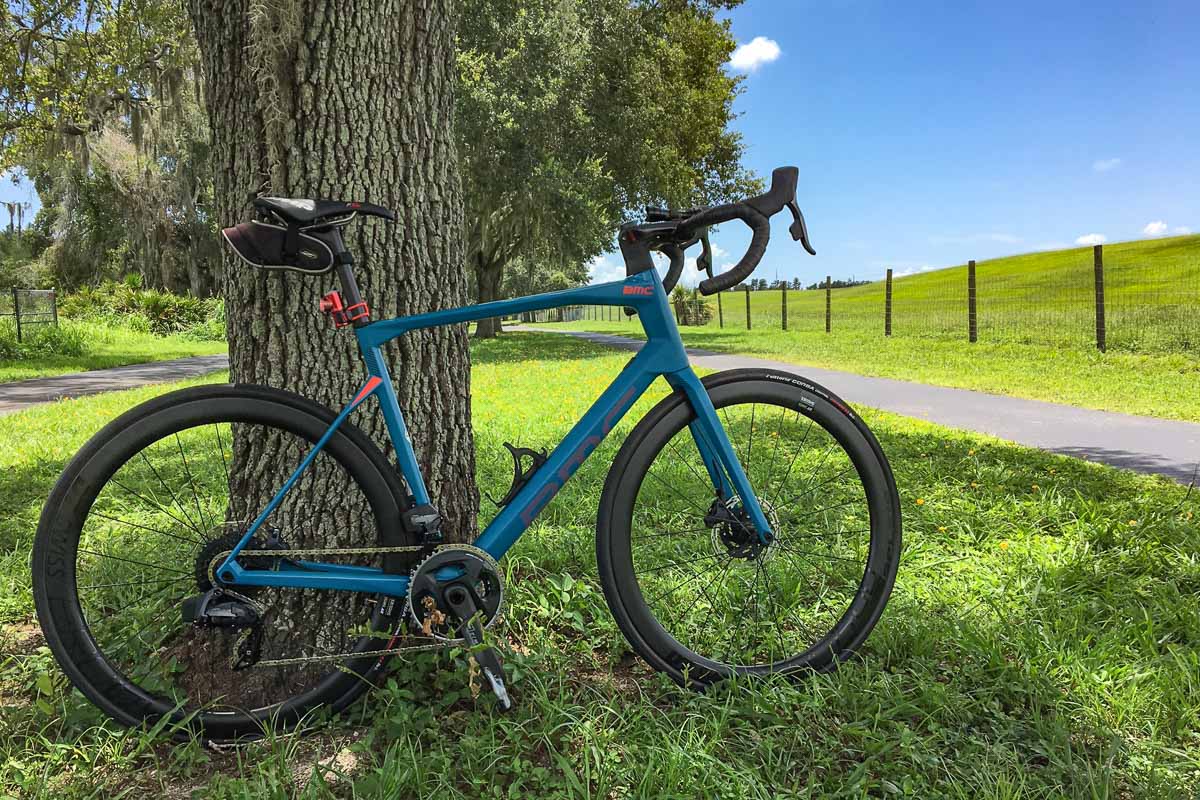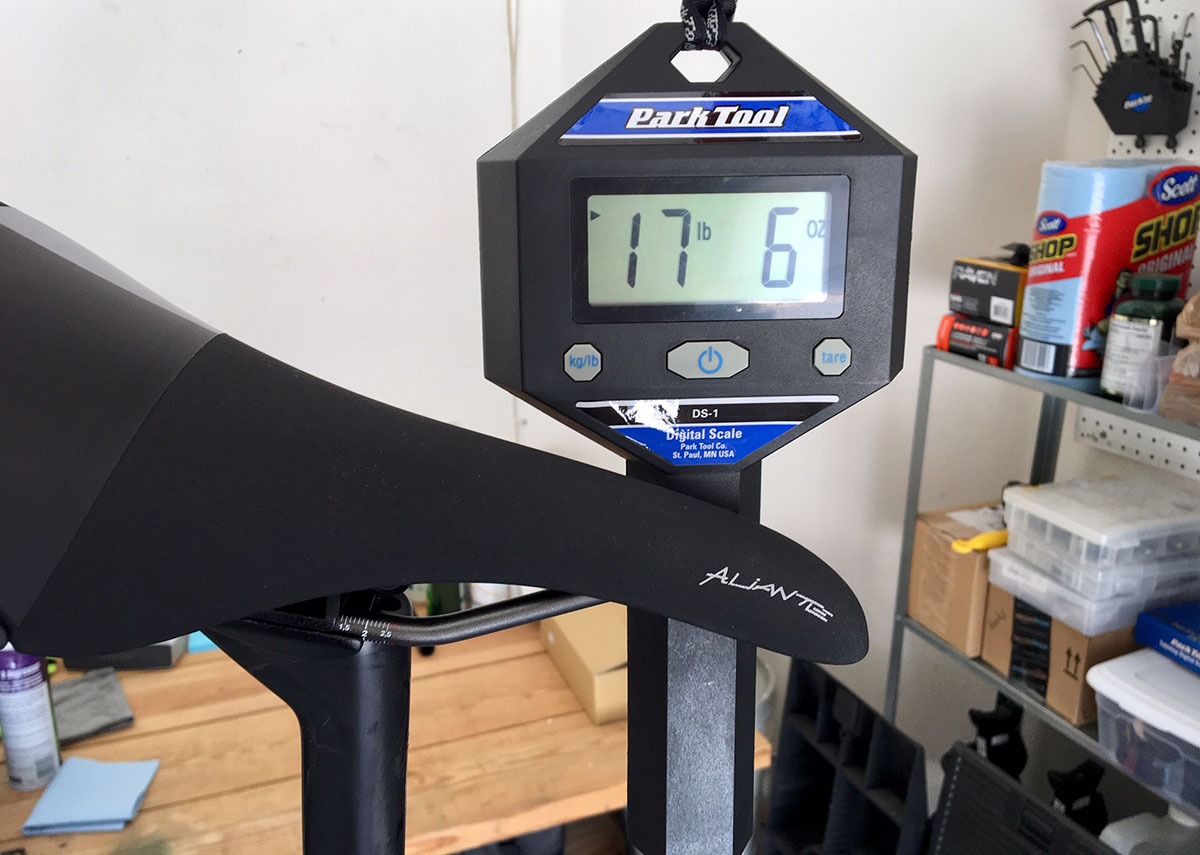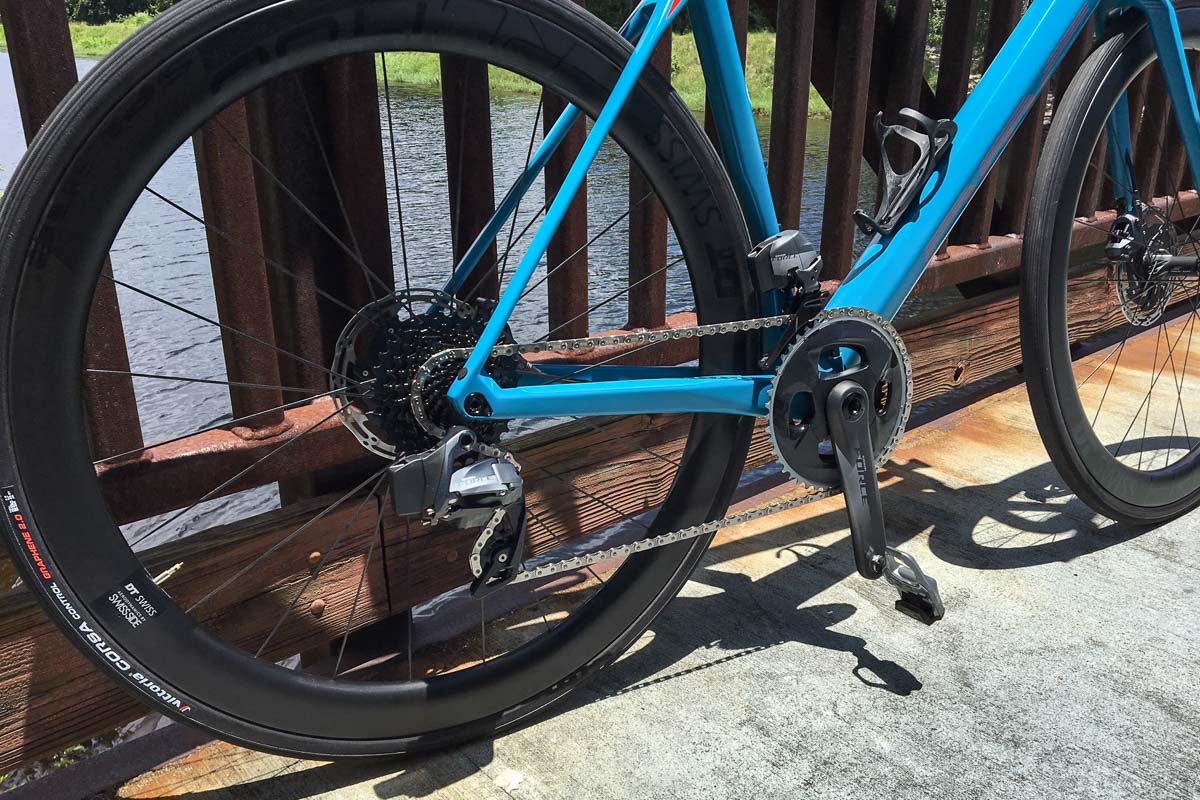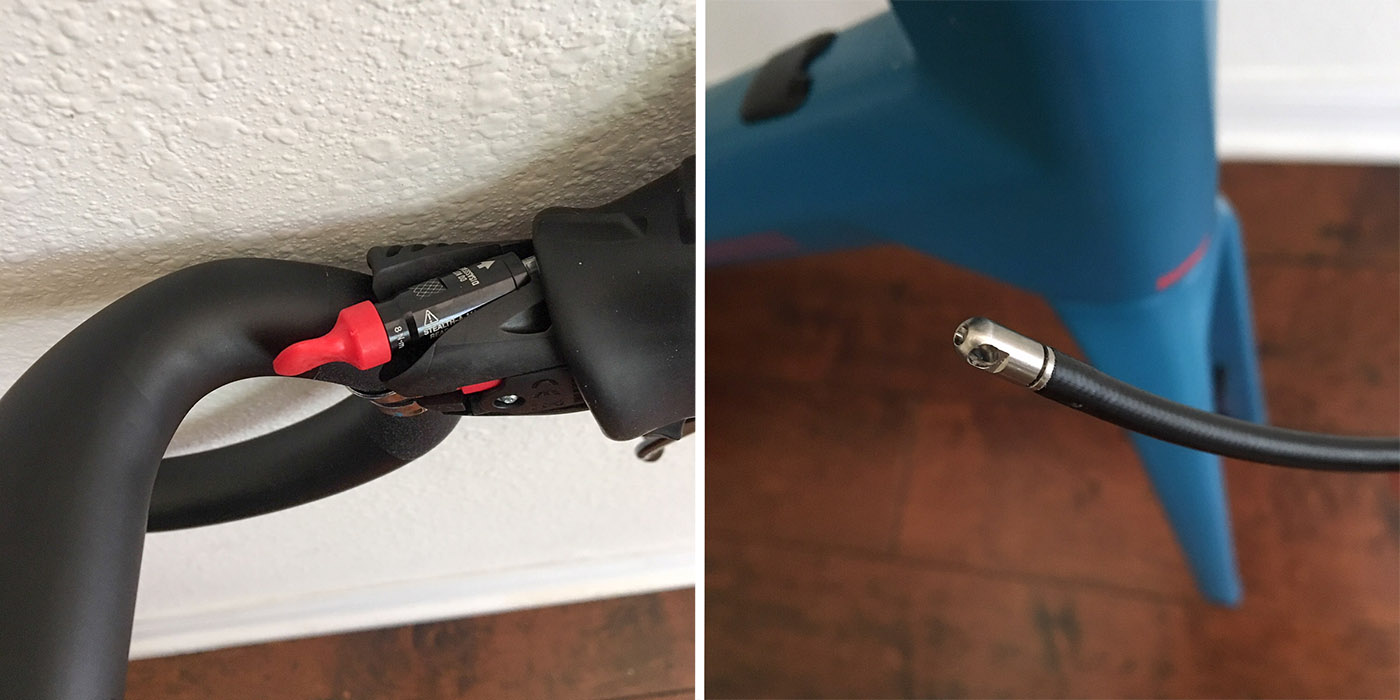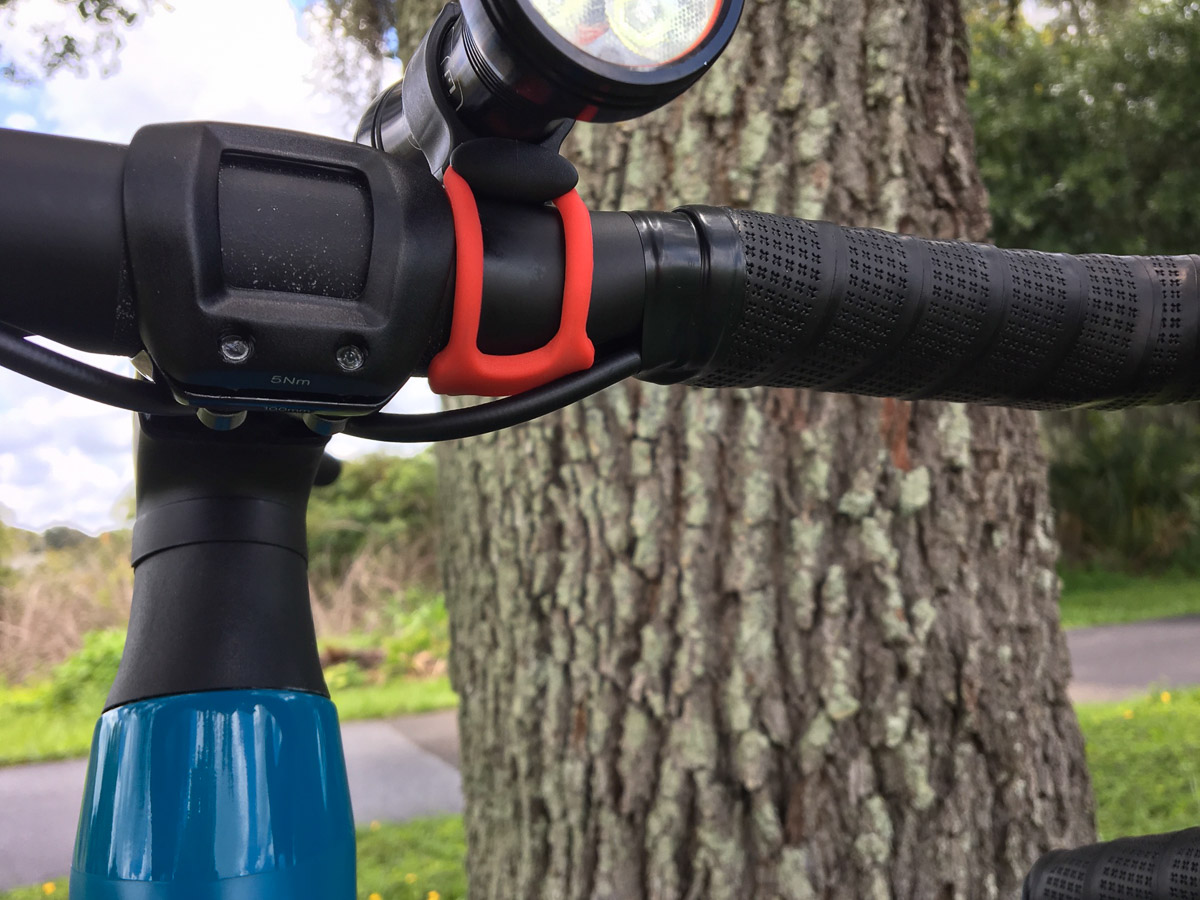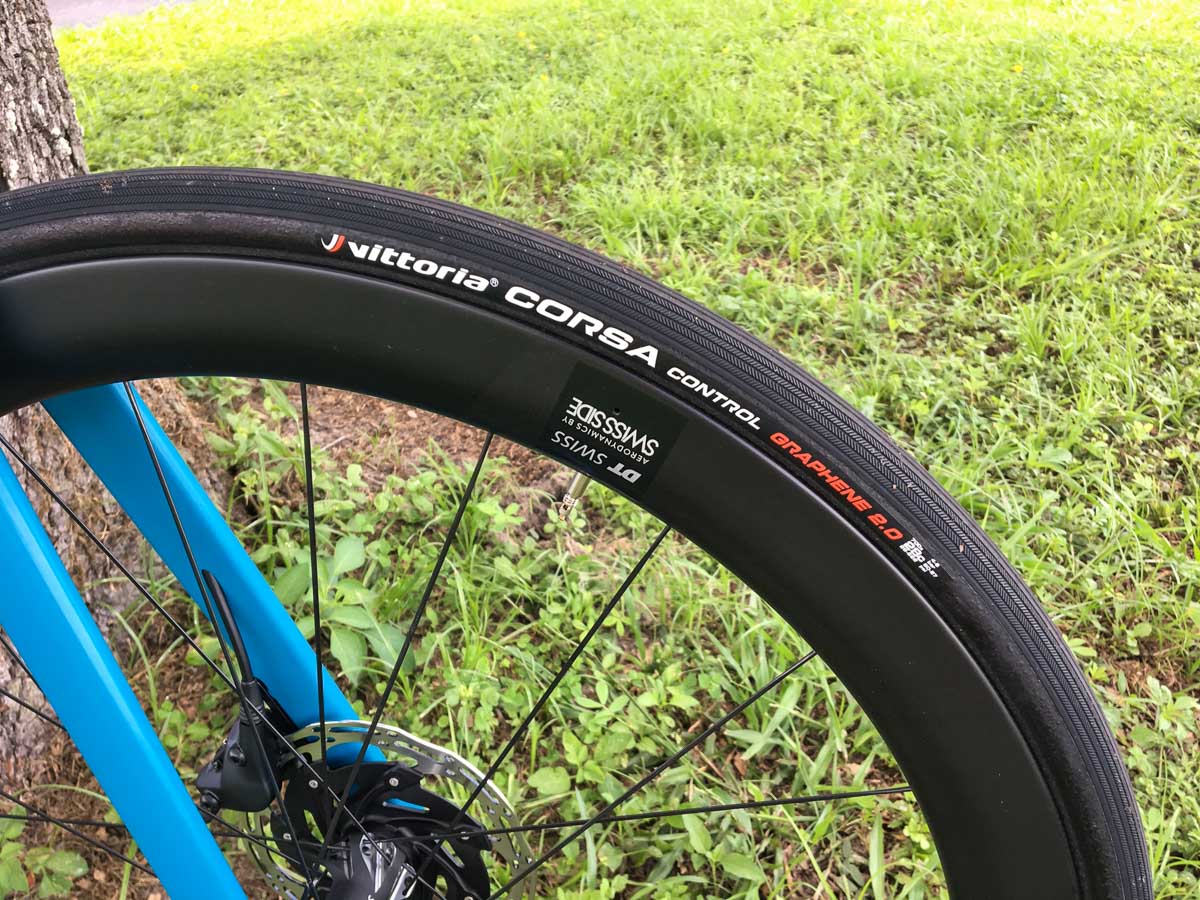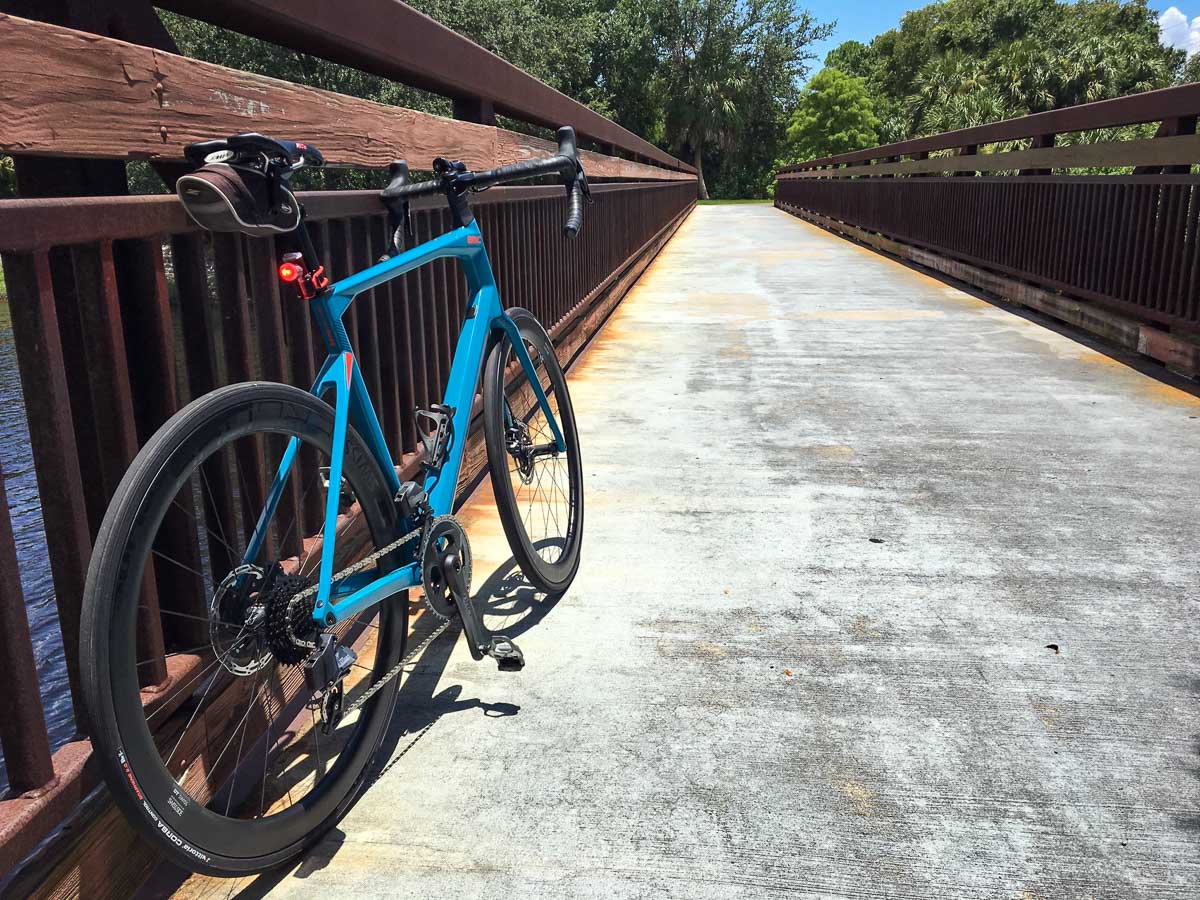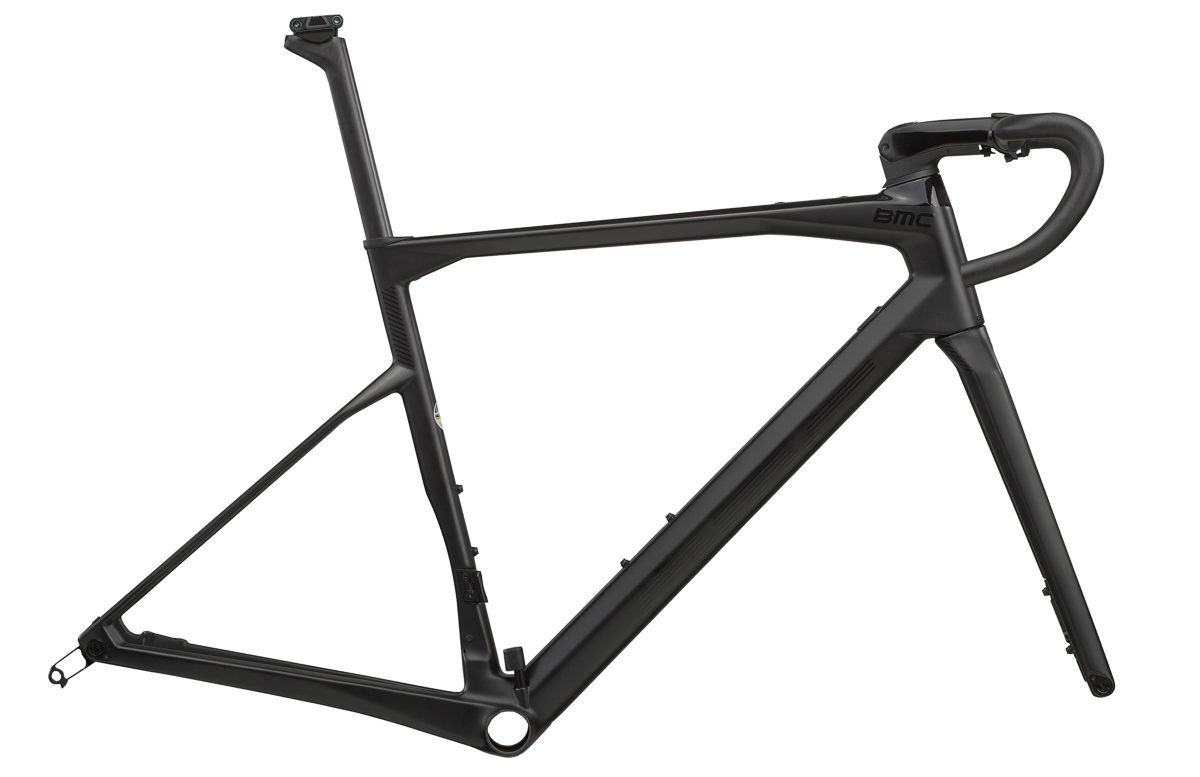BMC brought out a new Roadmachine for the 2020 model year, with updates all around. Set as their all-around performance or “endurance” road bike, it is less aggressive than the Teammachine, and targeted at a more general audience – but with all the performance you could ask for. We took delivery of a size 58 test model to get more familiar with its behavior.
Review: 2020 BMC Roadmachine Endurance Road Bike
We already dove deep into the technology of the new Roadmachine, after attending their launch event in Solothurn, Switzerland. The bike looks familiar with many BMC-like features, such as dropped seat stays, a D-shaped seat post, and complete cable integration with their ICS cockpit and fork system.
The frame weight comes in at 895g in size 54, putting it in the sweet spot of high-end-but-not-a-climber’s-only-frame. In other words, it is very light, but also a usable frame for real people that weigh more than professional climbing specialists. Our complete bike without pedals or bottle cages weighted in at 17 lbs, 6 oz.
Our test bike was a Roadmachine 01 Three, coming in with a list price of $7,699 USD (our initial test ride in Switzerland was aboard the top-end Roadmachine 01 One with higher-spec build kit and wheels). All levels of Roadmachine use the same frame layup.
The 01 Three comes with a SRAM Force AXS 2×12 build kit, using 46/33 chainrings and a 10-33 cassette. While the gearing was overkill for my flat Florida riding, it certainly didn’t hurt to have the extra range (and our test ride in Switzerland required every last bit of gearing).
Perhaps the only substantive issue I had with the Roadmachine was delayed assembly. Modern bikes with hydraulic disc brakes and integrated-everything certainly look sleek, but this ain’t your grandpa’s road bike. BMC delivers the bike with disconnected brake lines and without SRAM’s Connectamajig quick-connect widget, so you (or your dealer) will be cutting lines to fit, and bleeding the system. This should ideally be done after the bike fitting process, because all of the lines run through the ICS stem/spacers and into the frame – so the hose lengths need to be fairly precise. If the hoses are cut short and you need to install a longer stem – you’re re-doing the entire hydraulic hose routing and installation.
I had an older SRAM bleed kit handy, but not the latest one required for the AXS systems. Delivery delays meant that the bike would be sitting idle for over a month. These aren’t insurmountable issues – it’s just to point out that planning is required and fully-outfitted bike shops with skilled mechanics are becoming even more important as time goes on. It’s not unlike dealer service for a luxury car – and brands like BMC want you visiting their authorized service centers.
On the topic of cable routing and stems, I did need to install a 100mm ICS stem to dial in the fit of my 58cm frame. This is 20mm shorter than stock, and dialed in my fit much better than my initial 56cm test bike used in Switzerland. I’m 6’1″ with long legs and a short torso, so I always need the tall head tube of a larger frame.
I suggest doing as I did and leave the brake hoses just a tad bit long to give a gap near the center of the handlebar, to provide room for mounting any accessories. My Exposure headlight has a flexible band for mounting, so there were no issues.
The DT Swiss ERC 1400 Spline db 47 Carbon wheels are tubeless-compatible, but come from BMC set up with butyl inner tubes. In order to set them up tubeless, you must obtain a kit from DT.
Out on the road, the Roadmachine held true to our first impressions in Switzerland. For such a light weight, the bike feels incredibly grounded, stable, and sharp-handling. Pedaling out-of-the-saddle feels as stiff as you’d expect from a sprinter’s frame, but at a weight that approaches many climbing frames.
The ride quality is about as good as you can expect of a fully rigid frame – better than anything in recent memory, but not up to the new-crop of high-tech suspension systems such as Trek’s IsoSpeed Decoupler, or the Future Shock 2.0 from Specialized. BMC has their own version of this with the MTT rear micro suspension used on several other models – and it’s clear that they left this out to save weight.
This is where I see a divide emerging – between traditional lightweight performance road frames like the Roadmachine, and heavier frames with suspension (like the 1,200+ gram Trek Domane). Do you want a BMW M3 or a Cadillac? Perhaps the biggest determining factor is your local terrain – if the mountains are outside your front door, saving weight gets the nod. If you’re riding cobbles, gravel, or your local streets are pothole-laden, suspension makes far more sense. Overall, BMC has put together a great high-performance road race bike, hitting a combination of weight, ride quality, and stiffness that is among a few top performers in the market.
